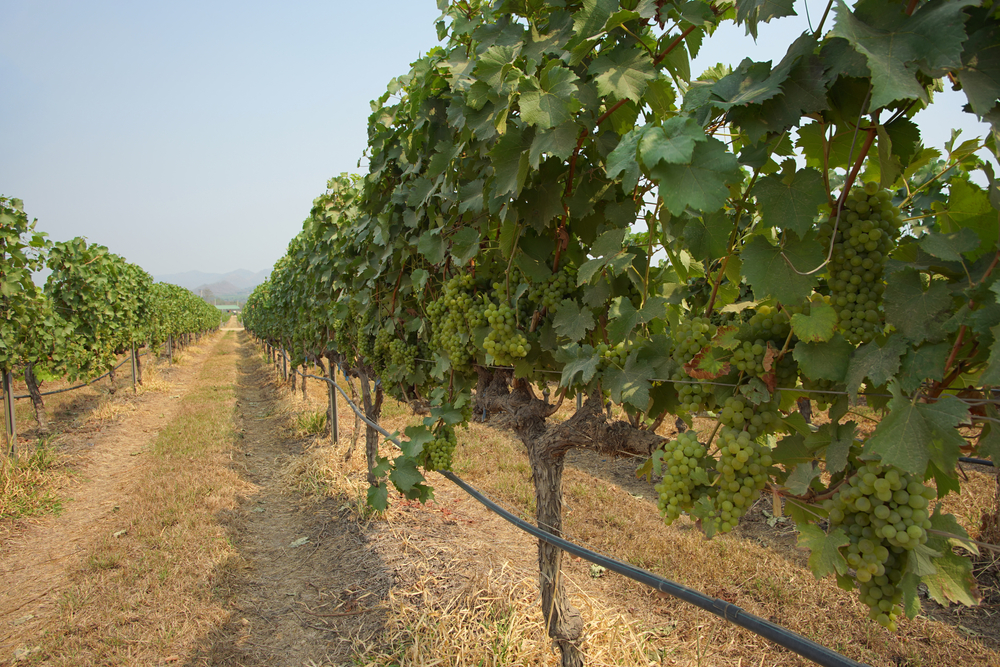Our drought continues to challenge our daily farming practices. Finding new and advanced ways that can save water can add up. When we flush our irrigation lines or sand filters there’s a tremendous waste of water. By reducing this practice and making it more efficient, we can save money. In addition, spending labor dollars on cleaning filters, screens, regulators, etc. is a less productive task than other priorities on the farm. I’ve mentioned our bio-catalyst product in previous newsletters but thought it was particularly important this season given the high mineral content of our water in drought conditions. As we’re avid promoters of soil health, the product must enhance soil biology versus destroy it.
Water treatment in agriculture has typically involved toxic chemical treatments. Given our vulnerable ecosystem, dumping harmful chemicals from our line cleaning operation can’t be good for our soils, biological community, and the plants they support. Our bio-catalytic product called Phyto-C3™ (previously called Phyto-Catalyst) replaces toxic chemical treatments in remediating fouling of irrigation lines and emitters, with a green and safe product that prevents these problems from occurring. It also possesses the remarkable benefit of improving the nutrient and water uptake by plants.
Organic and mineral components within the irrigation water form a molecular glue that holds inorganic elements together. Phyto-C3 forms very fine microbubbles having negative charges that attach to organic binders of inorganic elements and to the slime layers created by bacteria adhesion. The product solubilizes the cellular structure of organic waste that breakdown molecular bonds degrading and releasing all inorganic elements throughout the line. It immediately remediates anaerobic soil conditions and promotes aerobic soil microbiology. Optimizing aerobic soil microbiology in the soil expands microbial activity helping to mineralize nutrients and drive the additional formation of soil organic matter. It’s also shown outstanding results in reducing the accumulation of salts and iron in soils, helping to boost overall soil health, plant growth, and yield.
The application of Phyto-C3™ transforms irrigation cleaning and maintenance into a comprehensive water and soil management tool. In a two-year university research study in vineyard grapes completed by UC Davis, they demonstrated improved carbohydrate transport, higher yields, and increased water uptake.
The product is simple to apply. First time users typically apply 1 quart per acre injected into the irrigation system overnight and then flushed the next morning. It’s available in 55-gallon drums and 275-gallon totes. Please contact me with any questions.





